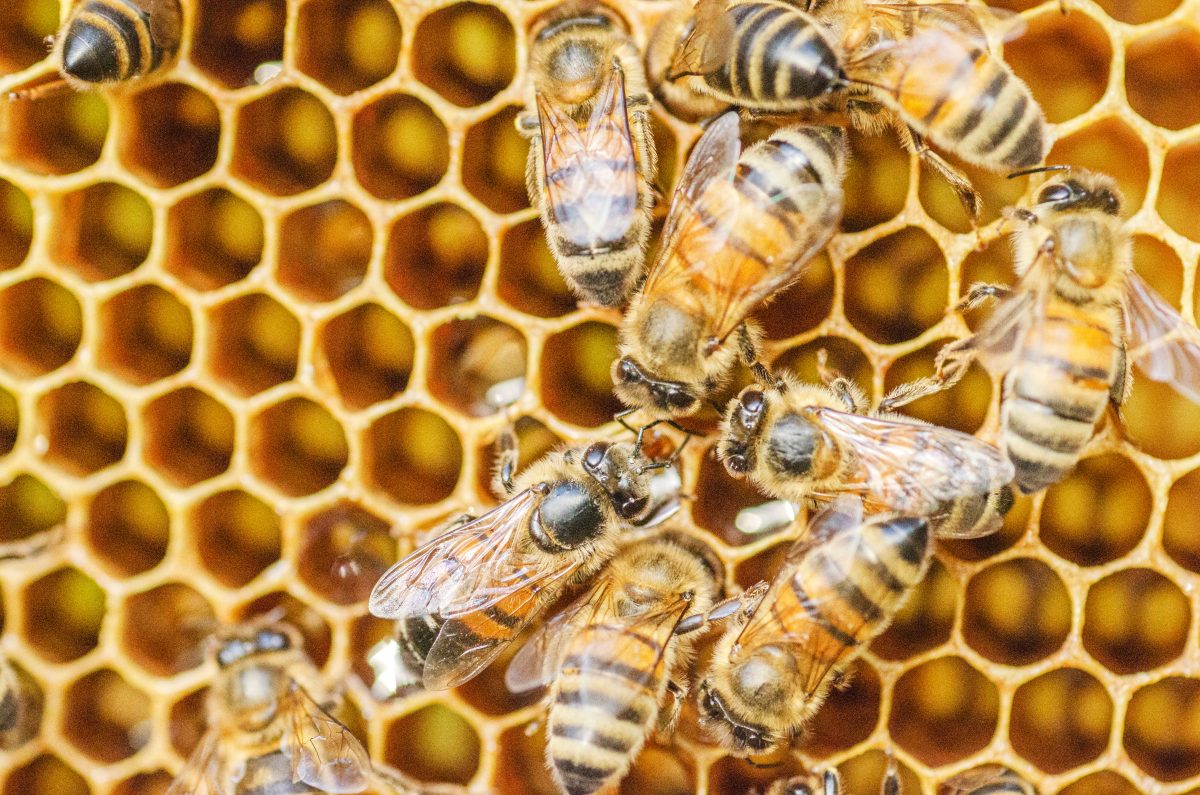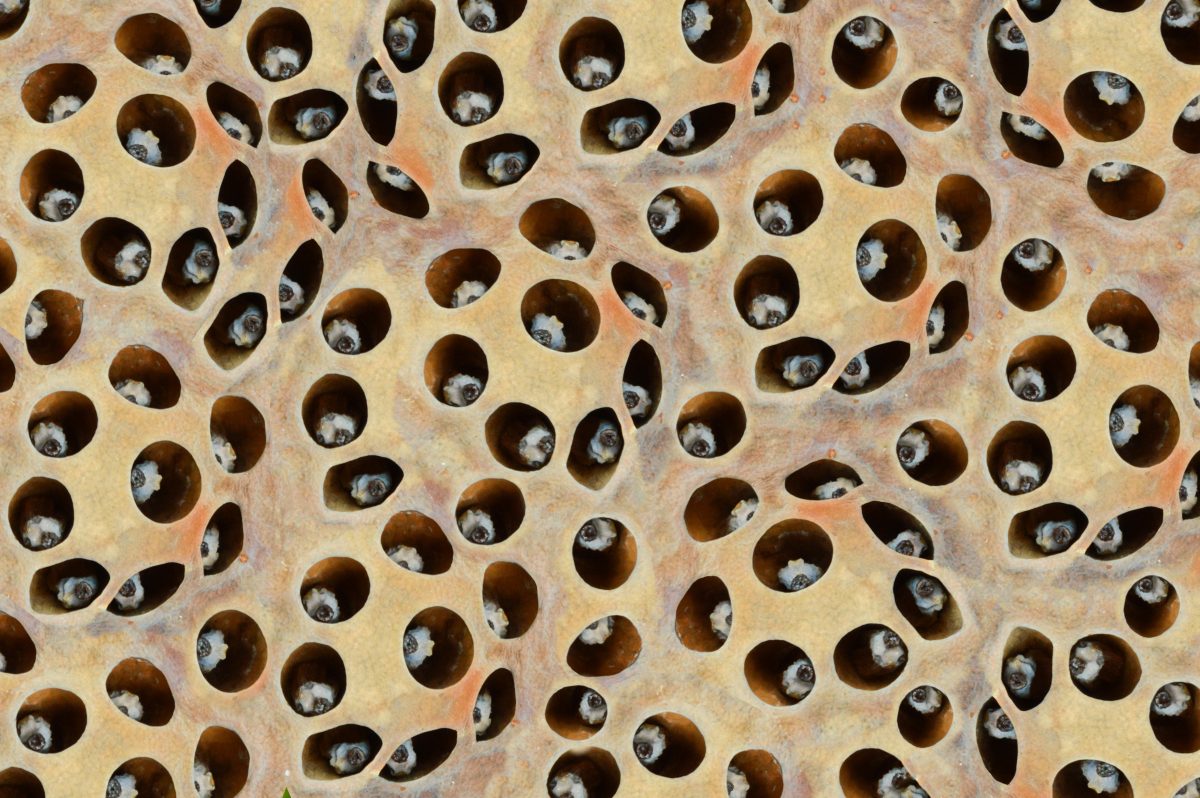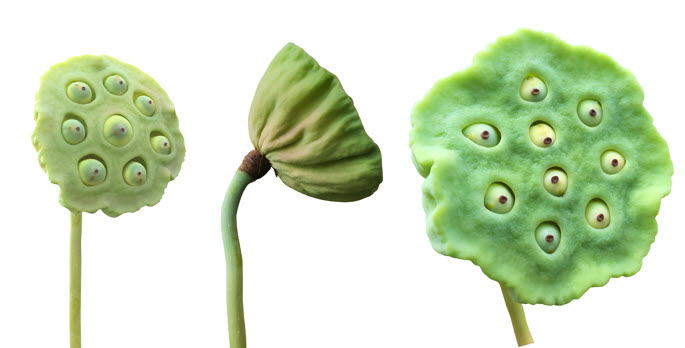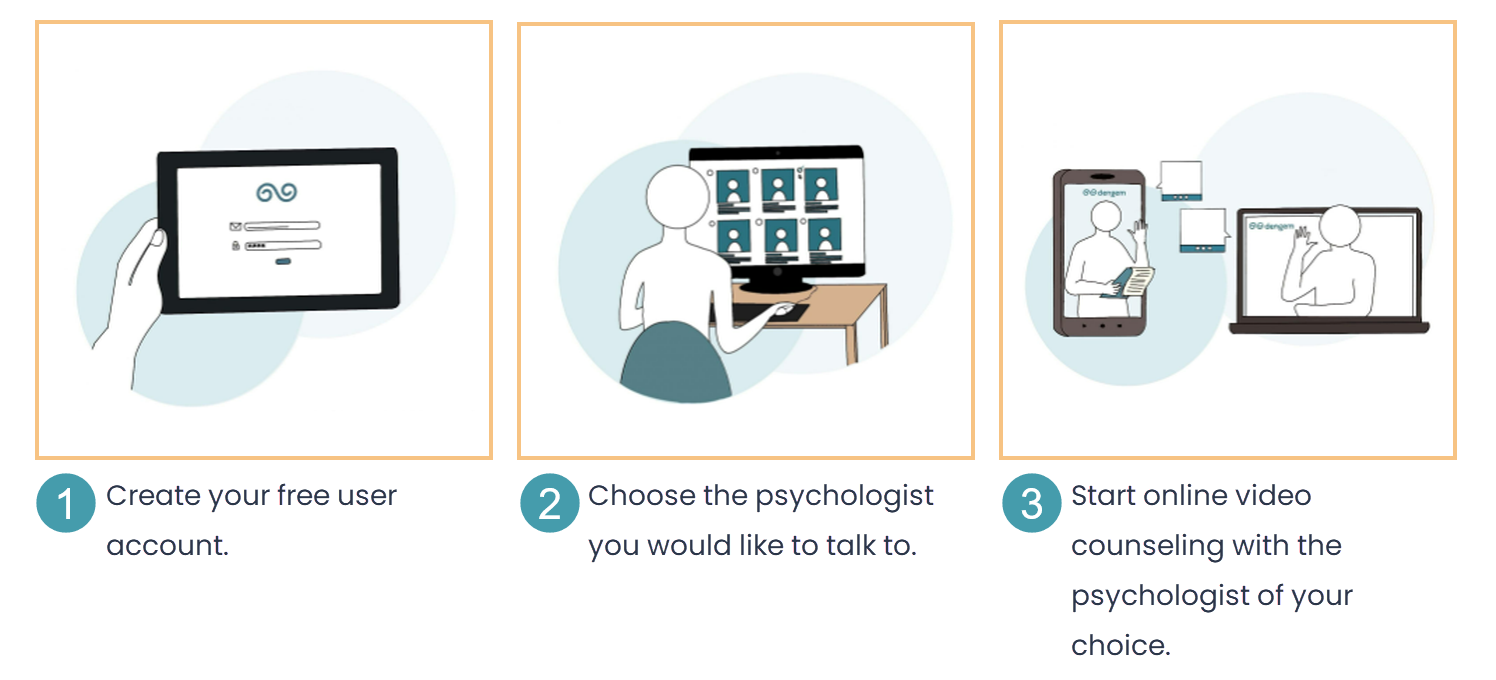
What is trypophobia? What are its symptoms and causes?
Do you have questions about an appointment with a psychologist or dengem?
| Telephone Germany: | +49 6409 33 23 999 |
|---|---|
| Telephone Switzerland: | +41 41 588 10 15 |
| Send message: | |
| Contact form |

Trypophobia (fear of holes) refers to a strong fear or aversion to narrow holes. The term trypophobia is made up of the Greek words “trypa” (to make or drill holes) and “phobia” (fear or aversion). People with this phobia usually feel nausea, disgust and despair at the sight of surfaces with small holes that are close together or arranged in a pattern.
What are phobias?
A phobia is an extreme and irrational reaction to fear. If you have a phobia, you may experience a deep sense of anxiety or panic when you encounter the source of your fear.
The fear may be of a specific place, situation or object. Unlike generalised anxiety disorders, a phobia is usually linked to something specific. Phobias are a type of anxiety disorder.
dengem's psychologists are just a click away and ready to help you in solving your problems.
What are the causes of trypophobia?
Both genetic and environmental factors can cause phobias. Children who have a close relative with an anxiety disorder are at risk of developing phobias. Shocking events, such as a near-drowning, can trigger a phobia. Confined spaces, extreme heights and being bitten by animals or insects can cause phobias.
People with persistent illnesses or health problems often suffer from phobias. It is common for people to develop phobias after a traumatic brain injury. Drug abuse and depression are also associated with phobias.
Phobias have different symptoms from serious mental illnesses such as schizophrenia or personality disorders. In schizophrenia, people have visual and auditory hallucinations, delusions, negative symptoms such as paranoia, and disorganised symptoms.
Phobias can be irrational. However, people with phobias do not pass the reality test. Their sense of reality is not impaired.
Is trypophobia a disease?
Experts do not yet officially recognise trypophobia as a specific phobia. Research into this phobia is limited because it does not occur in the general population. Research is inconclusive as to whether trypophobia should be recognised as a mental illness.
What triggers trypophobia?
Trypophobia is mostly visual. If you have this phobia, you may feel fear, disgust and discomfort at the sight of things like
- Lotus seed pods
- Honeycomb / beehive
- strawberries
- coral
- Grain bread
- Cheese with holes
- Crusts or lesions on skin
- Aluminium metal foam
- Pomegranates
- Sponges
- Gravel roads
- Blisters
- Melon seeds
- A collection of eyes
In extreme cases, animals with mottled skin or fur, such as leopards, Dalmatians or frogs, can also cause disgust and fear.

Do all people experience trypophobia in the same way?
Some people with a phobia/fear of holes are only disgusted by surfaces with irregular holes. For example, holes in a shower head or a polka dotted fabric… They may not feel as uncomfortable looking at surfaces with holes of the same size. Others may find it disturbing and unsettling if all the holes are close together.
What are the symptoms of trypophobia?
If you have trypophobia, you are often bothered by small holes or shapes that look like holes. When you look at an object or surface with holes, you feel disgust and discomfort.
Although we associate phobias with fear, most people with trypophobia experience disgust rather than fear as their main symptom. You may also feel disgust, discomfort or fear when you think of something that looks like a hole.
- Specific symptoms may include
- Goosebumps,
- chills or shivering
- Gagging or nausea
- sweating
- fast heartbeat
- dizziness or lightheadedness
- visual problems, including eyestrain, distortion or hallucinations
- a general feeling of unease or distress
- strong urge to move away from the image or object
- feelings of panic or anxiety
- trembling or shaking

What causes trypophobia (fear of punctures)?
Science has not yet found an exact cause for trypophobia. However, there are several possible explanations. Some experts believe that the fear of nested holes is due to an evolutionary process.
They claim that it may have developed as an extension of the biological fear of poisonous or otherwise dangerous creatures in primitive times. In other words, trypophobia may be caused by your evolved ability to detect threats in your environment.
How does trypophobia begin? How is it related to fear of death?
Experts are not yet sure what factors can cause you to develop a fear of holes. However, it is not uncommon for a phobia to start after an unpleasant or upsetting event. Fear of death, dying and being hurt can form the basis of phobias. Deep down, being hurt can be associated with dying.
What medical conditions has trypophobia been associated with?
There may be a link between trypophobia and major depressive disorder and generalised anxiety disorder. There is also a suspected link between social anxiety and trypophobia. It has been suggested that the fear of holes in people with social anxiety may actually be a fear of other people’s eyes or stares.
Seeing a cluster of holes can make you feel as if there are many pairs of eyes staring at you. This can be stressful and uncomfortable. The risk of developing a phobia is higher if you have a family history of anxiety, especially phobias.
Another diagnostic challenge is that trypophobia can co-occur with other psychiatric disorders (such as depression, obsessive-compulsive disorder and generalised anxiety disorder), which can lead to overlapping symptoms.
How is trypophobia diagnosed?
Phobias, such as the fear of spiders, can only be diagnosed by mental health professionals. As there is no official diagnosis for trypophobia, a therapist will not specifically diagnose trypophobia. However, he or she will be able to recognise the distress caused by punching holes.
They can offer advice and support to help you overcome this fear. They may point to a more general diagnosis of a specific phobia.
A diagnostic challenge is that trypophobia can co-occur with other psychiatric disorders (such as major depression, obsessive-compulsive disorder and generalised anxiety disorder), which can lead to overlapping symptoms.
A therapist can also help you to identify other mental health symptoms you may be experiencing, including anxiety or symptoms of depression, by asking you questions such as
- What symptoms do you have that make your daily life difficult?
- What are the things that bother and distress you?
- How much do they interfere with your daily life?
How is trypophobia treated? How does trypophobia disappear?
Getting help from a mental health professional can help alleviate the symptoms of trypophobia. But it can be a long road.

What types of treatment are available?
There are several types of therapy that can help treat phobias, including exposure therapy and cognitive behavioural therapy (CBT).
Exposure therapy. This approach allows you to confront your fear in the safe environment of therapy. With the help of a therapist, you can learn to change your reaction to the object or situation that triggers your fear. Experts generally agree that exposure therapy is the most effective approach to phobias.
Cognitive behavioural therapy. This approach helps you identify unwanted thoughts and distressing feelings. You will be taught strategies to help you challenge and reframe them. CBT techniques can help you manage your emotions, including feelings of anxiety and fear.
Medication. There are no medications that specifically treat the symptoms of trypophobia. However, a psychiatrist or other prescribing doctor may recommend medication if you are experiencing
- Experience feelings of extreme fear or panic in certain situations
- Fears that interfere with daily life or prevent you from making progress in therapy
- Symptoms that do not improve with therapy alone
What else is good for phobias?
Your therapist may suggest other strategies to help you manage your anxiety and emotional problems. These may include
- Relaxation techniques like deep breathing, yoga and meditation
- Spending time in nature or other calming environments
- Mindful breathing, observing, listening, and other mindfulness tricks to manage stress
- Making time for hobbies and enjoyable activities
Taking care of your physical health may not be directly related to your phobia, but good self-care can help you better manage anxiety and other symptoms.
Here are some tips that can help:
- Aim for about 7 to 8 hours of sleep each night.
- Eat a balanced diet and limit foods that can trigger anxiety.
- Exercise regularly if you can. Exercise can help relieve symptoms of anxiety and depression.
- Limit your caffeine intake, as it can make anxiety symptoms worse.
- Talk to friends and family about your feelings.
- Find a support group to talk to other people who have the same symptoms.
How are phobias treated at dengem?
DENGEM has psychologists who specialise in phobias. You can get rid of your phobias with anxiety treatments or exposure methods. You can ask the specialists about many other methods.
Phobias are one of the problems that can easily be dealt with in therapy. Phobias should not be your nightmare. It can be ensured that it does not make your life difficult. You can have online sessions at a distance without interfering with your personal life.
References
- Menon, N., & Sarkar, S. (2021). An exploration of the nomological network of trypophobia (fear of holes, trypophobia skin) , 14, 197-206.
